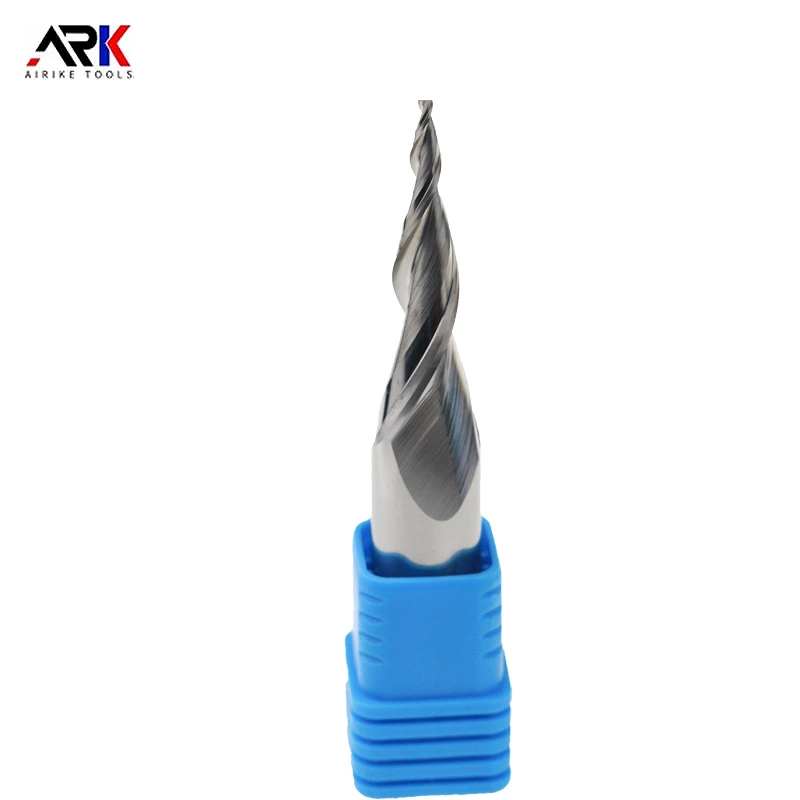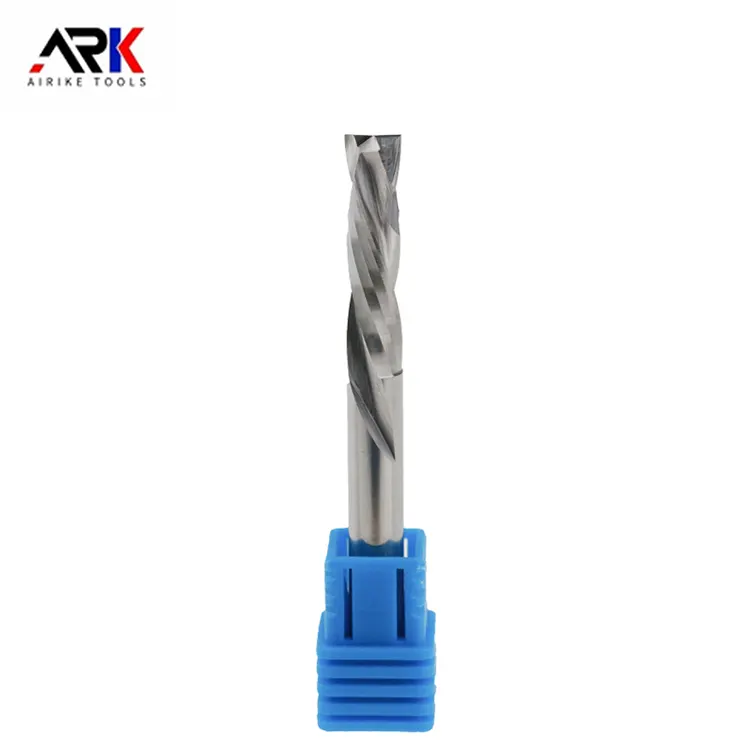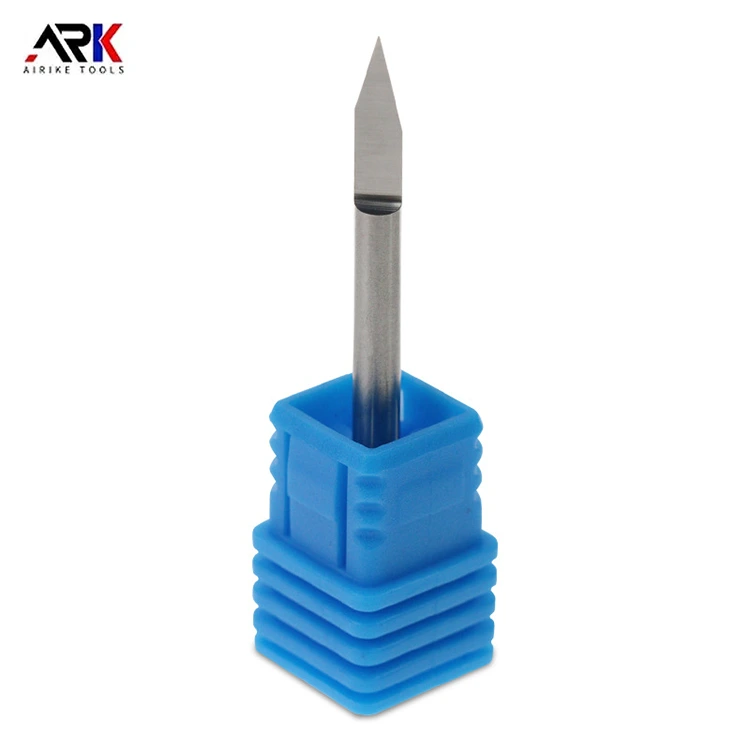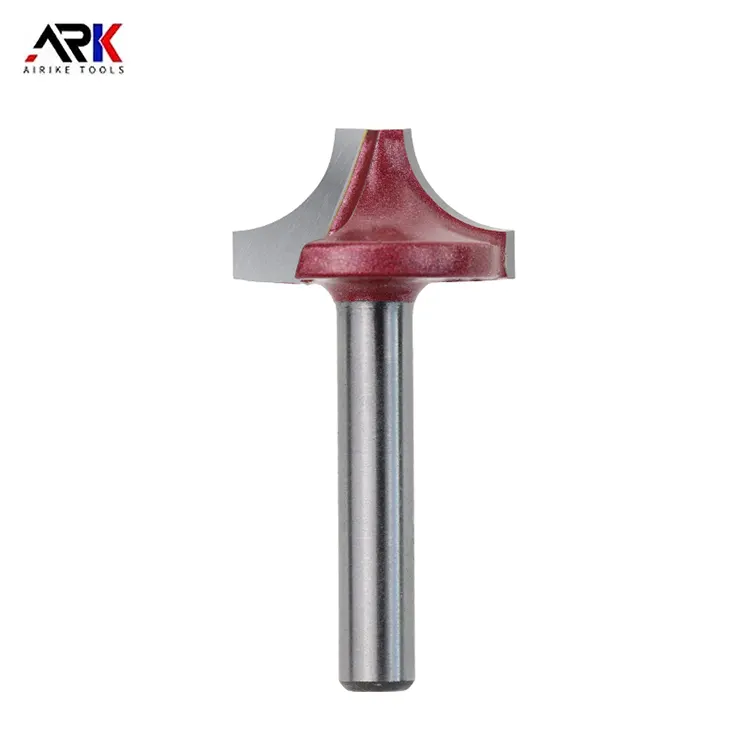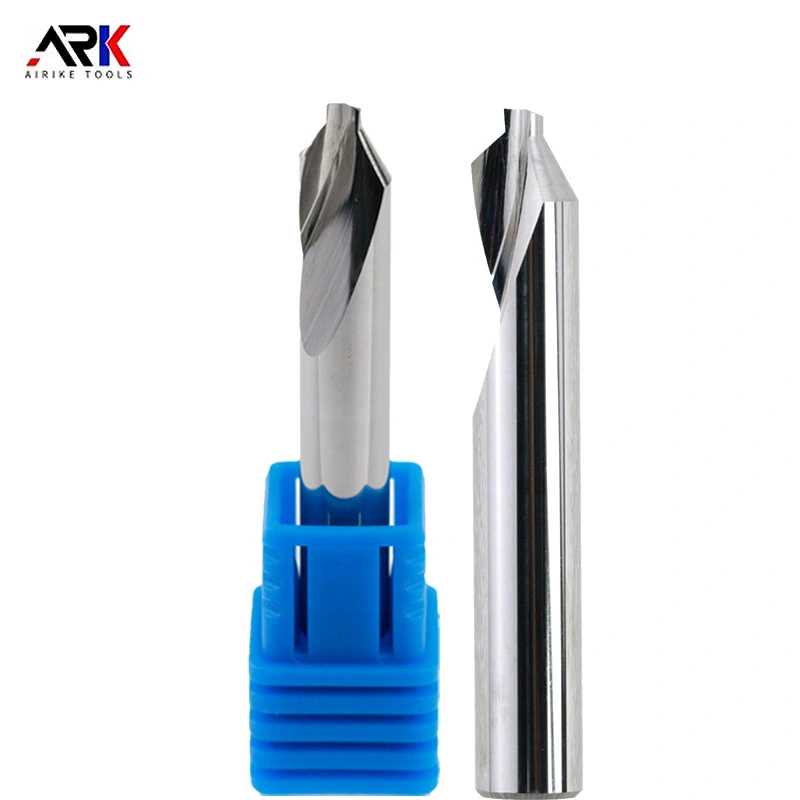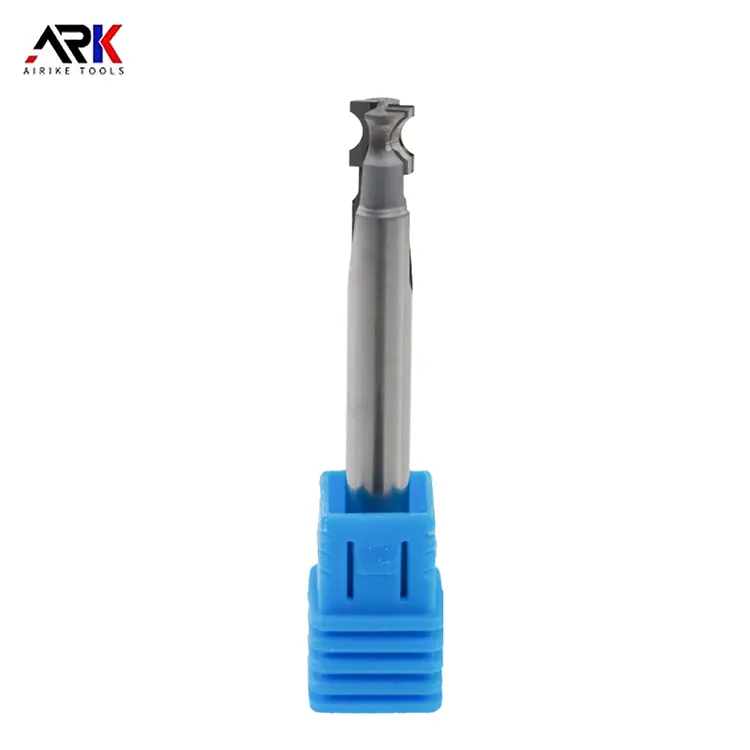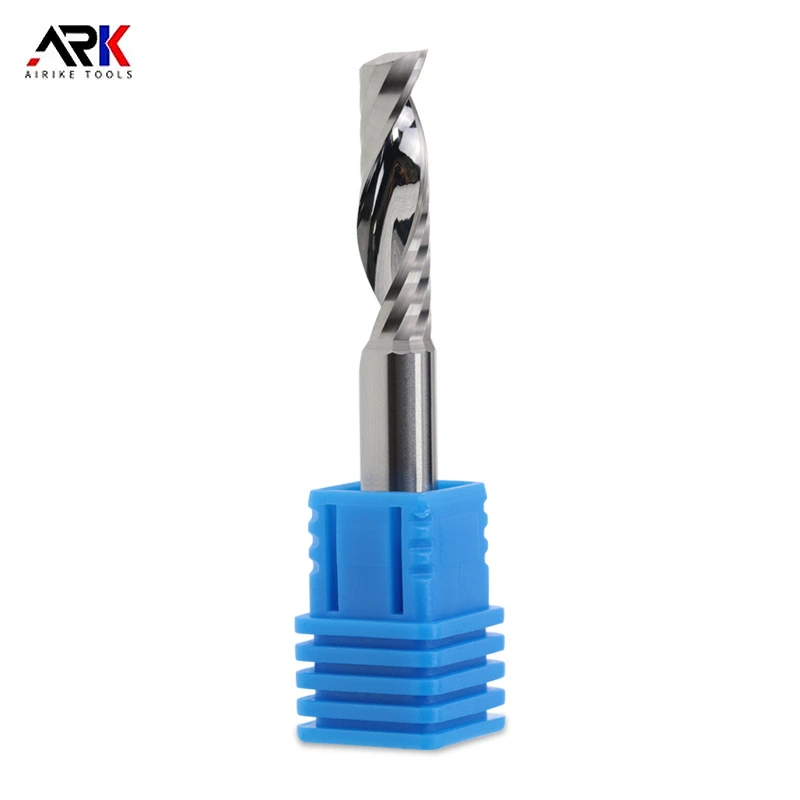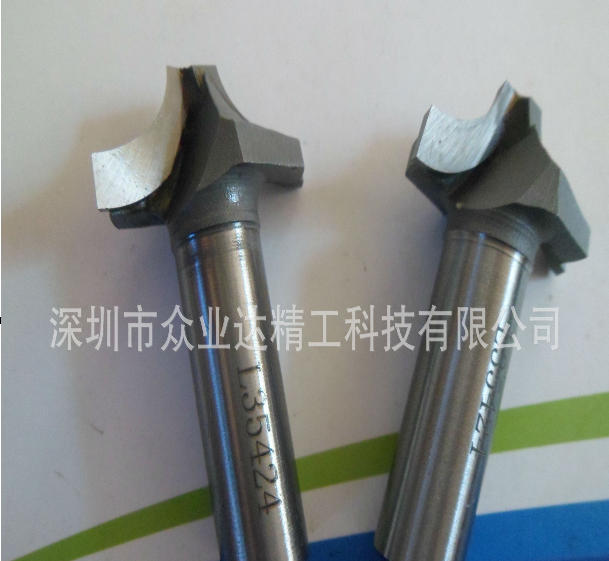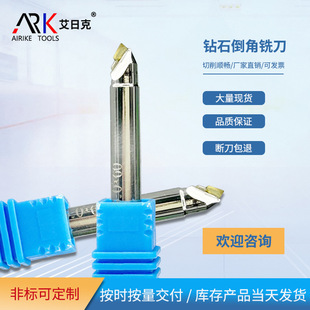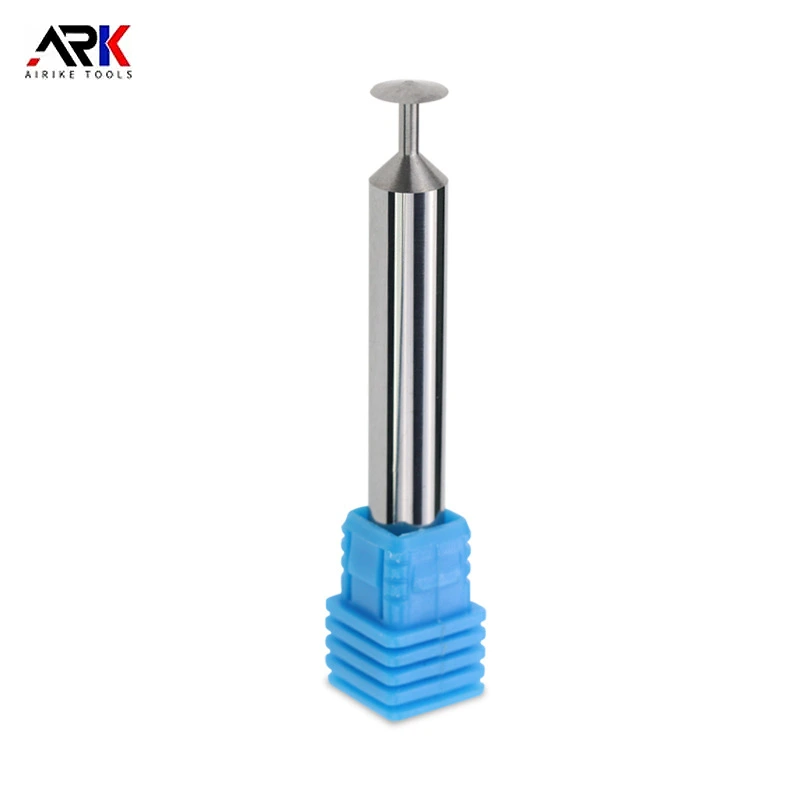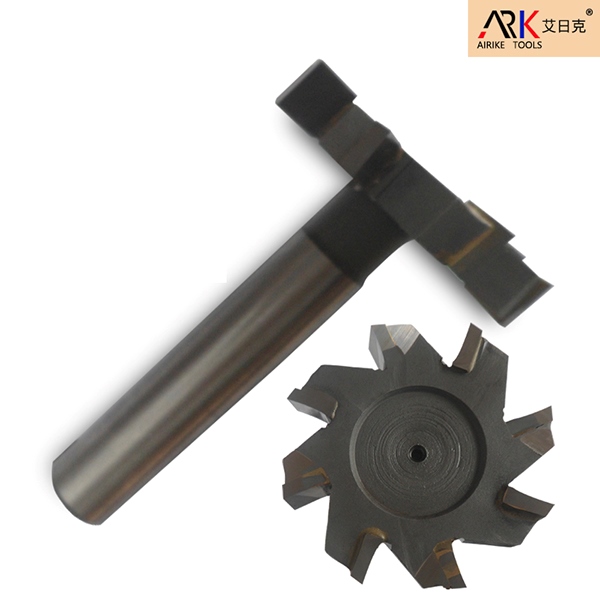Email Us
What is the grinding Angle of the Chamfering Cutter?
Chamfering Cutter, as an indispensable tool in mechanical processing, the selection of its grinding Angle directly affects the processing efficiency, workpiece quality and tool life. In the face of different material properties, processing requirements and tool types, how to scientifically set the grinding Angle has become the key to process optimization. From the precise chamfering of aluminum alloys to the heavy cutting of quenched steel, from the flexible adaptation of single-edge tools to the collaborative operation of multi-edge tools, a reasonable grinding Angle not only enhances cutting performance but also reduces tool wear and lowers production costs. So, what is the grinding Angle of the chamfering knife? Next, the editor of Zhongyeda will provide a detailed introduction to this issue for everyone.
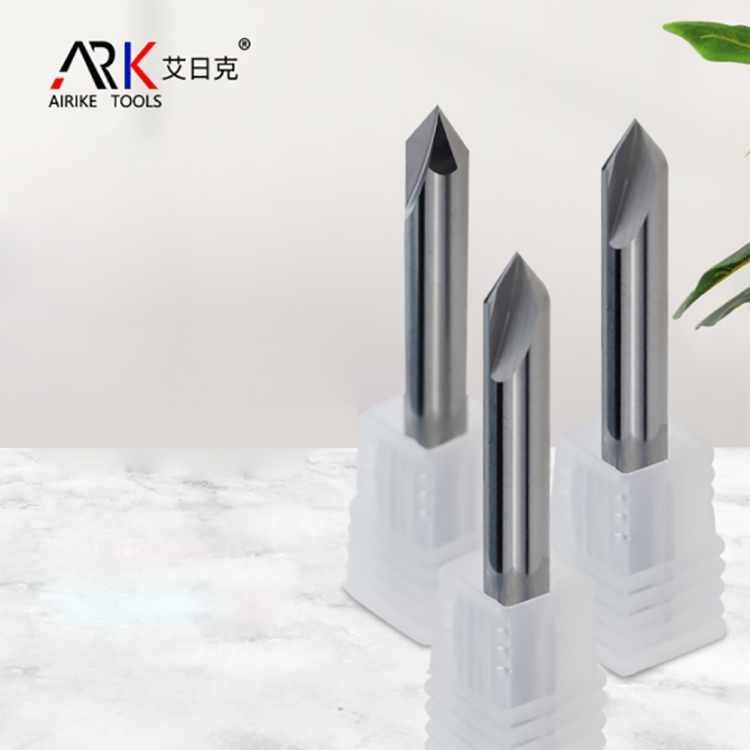
The grinding Angle of Chamfering Cutter is related to the following factors:
1. The influence of workpiece material on the grinding Angle
Hard materials (such as quenched steel, cemented carbide)
The grinding Angle should be relatively large (such as 45°-60°) to enhance the strength of the cutting edge and prevent chipping. For instance, when processing quenched steel workpieces, the grinding Angle is usually set at 55°-60° to ensure cutting stability.
Soft materials (such as aluminium alloy, copper)
The grinding Angle can be smaller (such as 15°-30°) to reduce cutting resistance and improve surface finish. For instance, when chamfering aluminum alloys, the grinding Angle is usually set at 20°-25° to prevent the formation of built-up edge.
2. Adjustment of the grinding Angle for processing requirements
high precision and low roughness requirements
The grinding Angle should be reduced (such as 15°-25°) to make the cutting edge sharper and minimize the fluctuation of cutting force. For instance, when chamfering precision molds, the grinding Angle is usually set at 18°-22°, in conjunction with high-speed cutting parameters.
high-efficiency processing, heavy cutting conditions
The grinding Angle should be increased (such as 40°-60°) to enhance the impact resistance of the cutting edge. For instance, when processing cast iron workpieces in batches, the grinding Angle is usually set at 45°-50°, taking into account both efficiency and tool life.
3. Adaptation of chamfering knife types to grinding angles
single-edge chamfering knife
The grinding Angle needs to be precisely controlled (such as 20°-30°) to balance the cutting force and chip removal efficiency. For instance, when processing the chamfering of small holes, the grinding Angle is usually set at 25°±2° to ensure the smooth discharge of chips.
multi-edge chamfering knife
The grinding Angle can be appropriately increased (such as 35°-45°) to enhance the strength of the blade. For instance, when processing the chamfering of large-diameter holes, the grinding Angle is usually set at 40°±3°, which is suitable for the impact of multi-edge synchronous cutting.
adjustable Angle chamfering knife
The grinding Angle needs to be adjusted according to the specific Angle. For example, when processing a 30° chamfer, the grinding Angle should be set at 30°±1° to ensure that the cutting edge matches the contact surface of the workpiece.
From the above analysis, it can be seen that the setting of the grinding Angle of Chamfering Cutter is a process technology that takes into account both theory and experience, and a balance needs to be found among material mechanics, cutting principles and practical operation data. Whether it is precision machining that pursues surface finish or powerful cutting of high-hardness materials, precise grinding angles can empower production.
- Is a spiral or straight flute woodworking milling cutter better for edge trimming?
- Can diamond-tipped Engraving Machine Milling Cutters handle ultra-fine detail engraving?
- How to Improve the Processing Efficiency of Woodworking Milling Cutters?
- What is the welding process for Welded Milling Cutters?
- Did you use the milling cutter straight out of the box? How come it chipped in just half an hour?
- Acrylic Milling Cutter Not Spinning? Quick Troubleshooting Guide
Contact Us
Paibang Industrial Zone, Henggang Town, Longgang District, Shenzhen
Copyright © 2025 Shenzhen Zhongyeda Precision Technology Co., Ltd. All Rights Reserved.


